Mar 19, 2025
Author:Sam Wonder
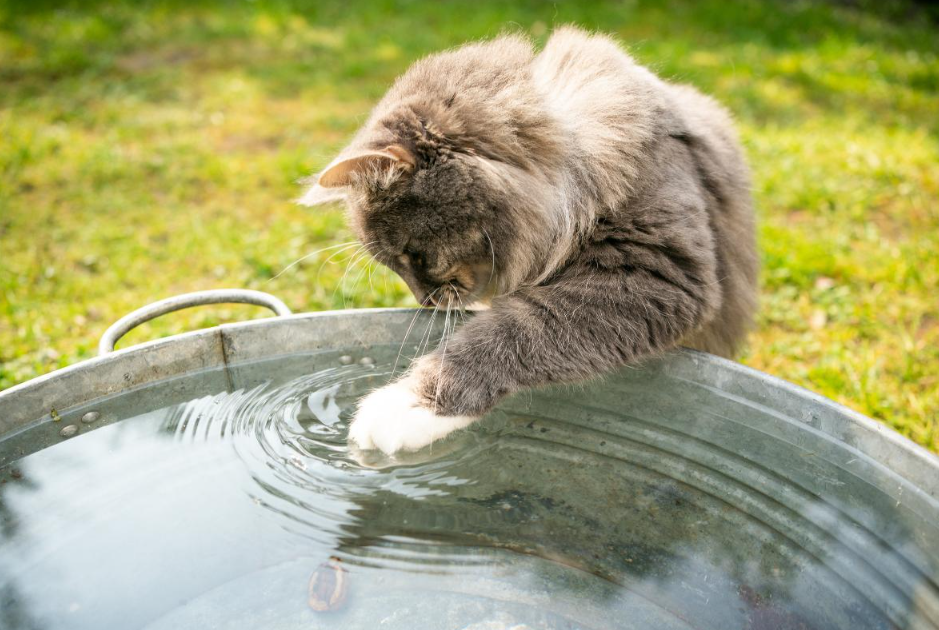
For many years cats have mystified their human caregivers through interesting behaviors that seem both confusing and erratic.
When cats stumble upon water, they instinctively submerge their paws, whether at a water source, remaining in a drinking bowl, or finding themselves near sinks. Pet owners frequently question themselves about their cats' habit of touching paws with water.
Every cat owner has probably seen this behavior but many people are left wondering, why do cats dip their paws in water before drinking? Every pet owner who keeps felines wonders about the customary water interaction behavior of cats that they find puzzling.
This text investigates the reasons why cats perform this action along with delivering effective methods to build better drinking routines.
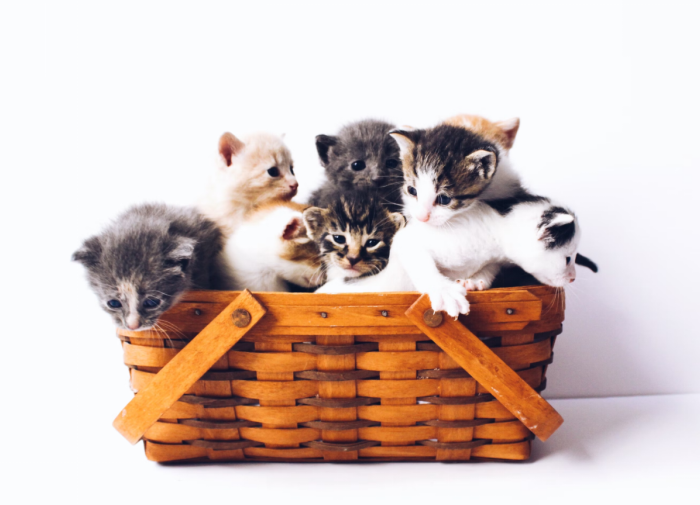
From their ancestral roots, cats have developed the instinct to check water depth using their paws. Wild cats function as hunters and prey species, so they adopt a defensive approach toward their environment. Cats uate water depth and check for dangerous elements below the surface by placing their paws in the water.
These instincts of testing the water surface remain in domestic cats because they have not lost their essential survival skills. Your domestic feline will show this behavior most prominently during unfamiliar encounters with water sources when it is not confident about water depth.
Wild cats show two behaviors, which are hunting for fish and using their paws to investigate their environments. The genetic background of your feline includes this water-testing instinct that makes them perform this behavior in your household as well.
A potential reason for why do cats dip their paws in water and lick it is their whisker sensation. The prickly whiskers of cats possess exceptional sensitivity, allowing them to study their surrounding area.
A cat over a bottomless water bowl will experience disorientation when their whiskers touch the sides due to this contact. As a result of whisker fatigue, your cat develops discomfort while drinking from narrow or deep water bowls.
The discomfort forces cats to experiment with raising their paws into the water to determine the proper drinking position. Their paws provide them with a method to check the water depth before drinking from the bowl.
Their whiskers find relief while drinking because this method stops them from feeling the sides of the bowl and allows an improved drinking posture.
In their natural environment, cats have a built-in attraction to flowing water. The purity and safety level of flowing river water in untamed natural environments surpasses that of stagnant water pools, which means it provides better drinking water quality for wild animals.
Cats prefer moving water, and their natural domestication has protected this behavior. Thus, active water sources, including taps, fountains, and rivers, attract some cats to drink from them.
A cat who immerses its paw into water creates a gentle wave to replicate the movement of flowing water. The movement created by their paws gives the water a better appearance, which motivates them to engage in increased drinking behavior.
This observation frequently occurs among cats who favor river-like water over water that remains motionless inside their bowl.
This is why feline owners invest in cat water fountains to give their cats the best hydration experience. Discover the best ones at WOpet!
A cat's vision functions best during nighttime darkness, although this species struggles to recognize items near the nose.
Cat vision does not permit them to measure water levels accurately while looking at their drinking bowls. Cats explore the water depth with their paws before drinking to prevent going too deep into the bowl.
The paw-dipping serves as a preventive measure to keep cats from committing accidents when drinking from water by maintaining a safe distance from the water surface.
Another answer to why do cats dip their paws in water to drink is natural curiosity. This makes them seek activities for entertainment as a part of their playful nature. A playful or curious feline will sometimes stick paws into the water because they have spare energy to entertain themselves.
Kittens along with many adult cats develop a liking to investigate their surroundings which leads them to treat their water bowl as a plaything. Cats tend to develop this playfulness into a regular habit after finding something fun about their actions.
Your cat dipping their paws in water does not necessarily indicate a problem but you can help them overcome this habit by offering different forms of entertaining activities such as playtime sessions and toys.
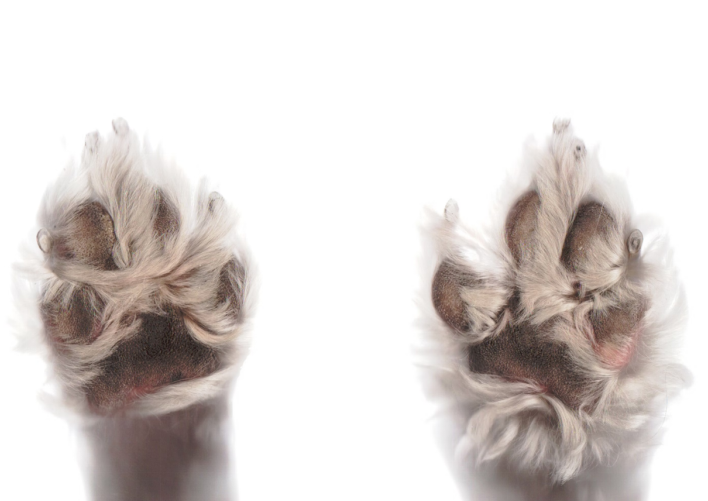
Your cat's eating and drinking environment proves crucial for them to take water-consuming paw-dips or not. Cats demonstrate territorial behavior through specific precautions about their food and water because they are territorial animals.
One behavior is checking the water they drink from when they’re not sure they’re in a safe spot or drinking from a place they’re used to. To check, they dip their paws in the water.
Plus, they’re also affected by the water bowl they drink from and the material it’s made of. The combination of strong odors along with potential chemical leaching from plastic bowls creates barriers for cats to drink that should be avoided.
Stainless steel and ceramic bowls offer the best choice because they maintain clean scents and provide quick cleaning abilities. Putting the bowl in a safe and peaceful spot serves as an additional incentive for your cat to drink comfortably.
Even though paw dipping among cats stands as a mostly benign habit it can indicate hidden health concerns occasionally. Your cat may be feeling pain while drinking when you notice it dipping its paws more often into the water without explanation.
When cats suffer from arthritis, dental conditions, or mobility limitations, they might find drinking painful through normal methods which causes them to take to paw dipping behavior.
When such behavior occurs, it is vital to get veterinary advice to eliminate possible health problems. The veterinarian will uate your situation and propose water bowl adaptations together with possible medications or treatments for relieving discomfort.
Participating in understanding feline water dipping behavior we need to create proper drinking methods for cat hydration that supports their health. Cats require hydration for their kidneys to function properly and to maintain digestive health as well as general wellness.
Several techniques exist to foster appropriate drinking practices in cats:
The preference of cats is to consume fresh and clean drinking water. Your cat's daily water source needs both replacement and regular cleaning of the container to avoid bacterial growth. The water taste of stagnant containers will seem unappealing to feline drinkers mainly due to their habit of drinking running streams while exploring outdoors.
A water fountain provides benefits to cats which prefer drinking from moving sources. The fountain maintains flowing fresh water without interruption through continuous water circulation. Flowing water provides comfort to cats while the moving motion attracts them to drink more often.
The cat water fountains manufactured by WOpet simulate the moving water which many cats naturally find attractive. Water fountains made for cats include systems which filter their water supply and easy-to-clean parts that keep the water at all times fresh and clean.
Acquiring a water fountain enables your cat to obtain hydration through a supply of running water which matches its natural water consumption needs.
You can check out the best and most reasonable cat water fountains at WOpet.
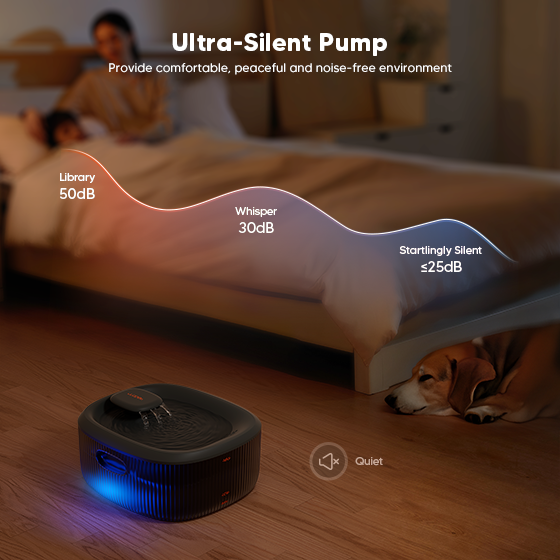
Cats with whisker sensitivity should drink from wide shallow water bowls. Cats can drink smoothly from these structured bowls since their whiskers stay protected from coming into contact with the vessel sides.
An improved drinking experience due to this design reduces discomfort and helps your cat take more sips throughout the day.
A positionable water bowl at a suitable height can address drinking difficulties in cats who find it challenging to bend down to their water.
Raising the water level in your cat's drinking area decreases their neck tension while creating a better drinking position for them. The device works particularly well for senior cats in addition to cats who suffer from arthritis.
WOpet manufactures chic, elevated cat bowls that serve both aesthetic and practical purposes. The cat-friendly bowls maintain a height level that positions the water source at an optimal height for natural drinking positions.
Select a peaceful environment to position your feline's water bowl so they can drink in comfort. The environmental sensitivity of cats causes them to stop drinking when they feel threatened or experience stress. A peaceful and silent drinking area will motivate cats to drink regularly.
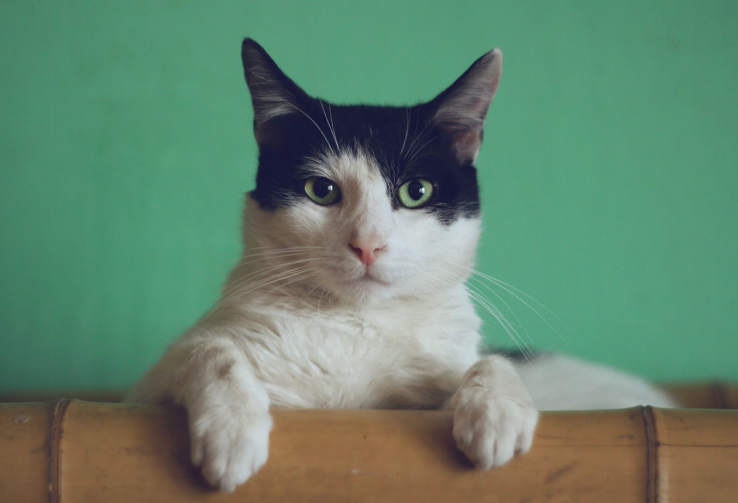
So, why do cats dip their paws in water? Many cats exhibit the natural instinct to dip their paws in water because it stems from their whisker sensitivity preference and their affinity for moving water as well as their response to environmental stimuli.
Having a suitable drinking set-up remains vital to develop proper hydration habits despite the fact this behavior poses no danger to cats.
The combination of freshwater sources with cat water fountains from WOpet alongside comfortable drinking environments allows you to help cats meet their hydration requirements while improving their total health condition.
Customers who wish to improve their cat's hydration will find the perfect products available through WOpet while meeting their feline friends' particular requirements. Our cat water fountains together with elevated drinking surfaces serve dual functions because they improve comfort during activities and hydration processes.
Visit WOpet today and discover the best products to improve your cat's drinking habits!
Label:
Popular Post
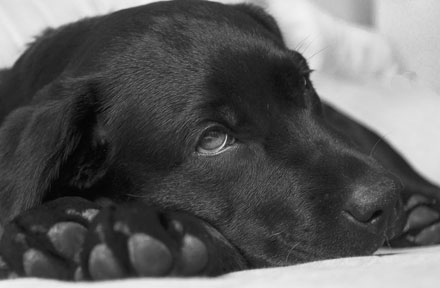
What to Feed a Sick Dog With No Appetite? [2025 Guide]
May 16, 2023

Troubleshooting Common Issues with Automatic Pet Feeders: Tips & Tricks for Pet Owners
Oct 26, 2023
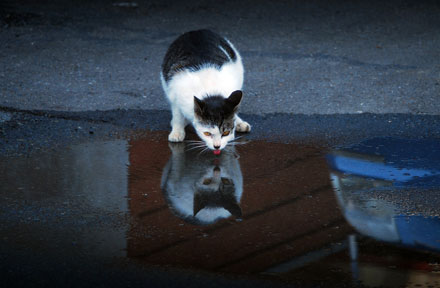
Why Does My Cat Cough After Drinking Water? 8 Potential Reasons
Mar 13, 2023
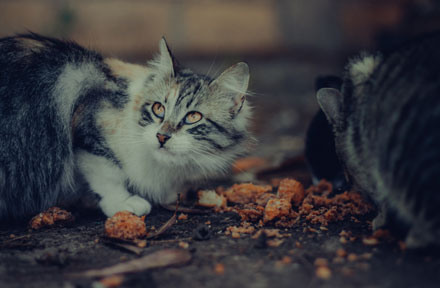
My Cat Only Eats A Little at A Time - What to Do?
Feb 27, 2023
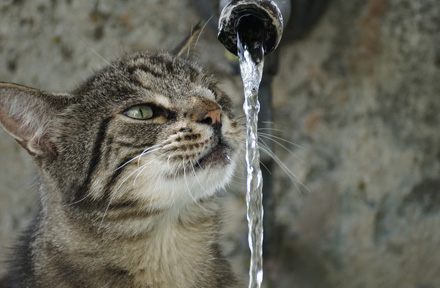
Why is My Cat Throwing up Water? Top 5 Causes Here
Feb 08, 2023
$99.99
$129.99
Copyright © 2025 WOPET. All Rights Reserved.